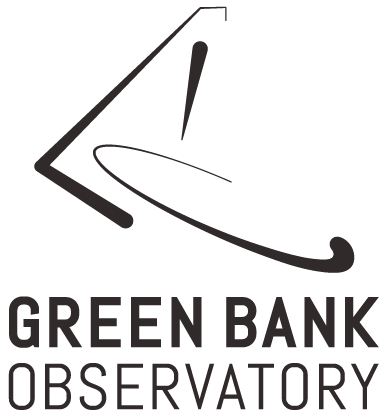|




Getting Started
Fundamentals
Applications
Feedback & Support
Glossary
Acknowledgments
Table of Contents
|
|
-
- Accesor
- Throughout the YGOR programs are software "test points"
or samplers which periodically read and time-tag values. The accessor
provides "on-demand" access to all samplers. For example,
whenever a CLEO application displays a monitor component, it establishes a
connection to the accessor to get a stream of sampled values which are
displayed in the widget on the screen.
- Asynchronous Managers
- Managers come in two flavors, synchronous and asynchronous. Asynchronous
managers are those that need not be scheduled to work in tune to what
other managers are doing. For example, many of the components in the I.F.
system don't need to have their actions synchronized with the data taking.
- Gateway
- In order to perform some major function, like control a manager or
modify the parameters in a manager, a user must first be in the Gateway
security database. The database will eventually be under the control of
the telescope operator who will assign access privileges for a user for a
particular device. The operators and at most one other user are allowed
privileges for a device.
- Installation Directory:
- An installation directory, at it's simplest, is a location where one has
placed a complete version of the Monitor and Control system. By allowing
for different installation directories, the YGOR system provides
the power to easily switch between versions of the control system.
- Manager:
- A manager is usually the software interface to a device. Sometimes, they
are interfaces to 'virtual' devices, software systems that perform some
function like archiving sampler data or coordinating other managers. They
are either synchronous and asynchronous managers depending upon whether
their actions need to be coordinated with other managers. The way one
interacts with a manager is through parameters, samplers, and manager
methods. See the YGOR Fundamentals
documentation for further details.
- Messages:
- Messages -- strings of text -- are generated throughout the YGOR
programs to describe all types of expected and unexpected events.
All messages from all YGOR programs are sent via ethernet to a
single program (currently messageMux). Every message has
associated with it a severity level as well as what device produced the
error, when the error occurred and when it was cleared.
- Parameters
- The way one interacts with a manager is through parameters, samplers,
and manager methods. Parameters are most often items that allow you to
configure a device (e.g., flip a switch, set an attenuator, set an
integration time). Sometimes, parameters provide information about a
manager (e.g., the state or status of a manager; how much time is left in
an observation).
- Primary Parameter
- The set of parameters and their values which completely describe how one
can specify all the options for a manager are flagged as being primary
parameters.
- Samplers
- The way one interacts with a manager is through parameters, samplers,
and manager methods. Samplers provide a continuous stream of data values
much like a power meter, frequency counter, or volt meter.
- Registry
- Throughout the YGOR programs are software "test points"
or samplers which periodically read and time-tag values which can be
tapped into by one of two programs: registries or the accessor. Registries
accept sampler values continuously for purposes of creating log files. The
accessor, on the other hand, provides "on-demand" access to all
samplers. For example, whenever a CLEO application displays a monitor
component, it establishes a connection to the accessor to get a stream of
sampled values which are displayed in the widget on the screen.
- Synchronous Managers
- Managers come in two flavors, synchronous and asynchronous. Synchronous
managers are those that can be scheduled to work in tune to what other
managers are doing. All backend managers, for example, are synchronous
since they shouldn't take data unless the telescope manager decides the
telescope is on source.
|